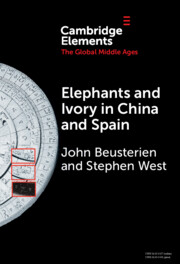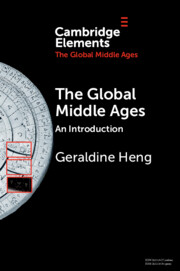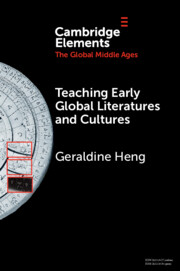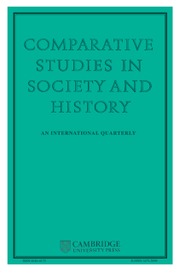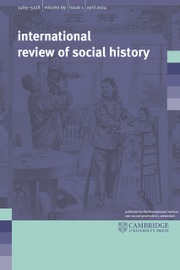Elephants and Ivory in China and Spain
The Element provides a global history of ivory and elephants, acknowledging the individuality and dignity of the elephants that provided that ivory. Sections on China include the first translations of texts about the cultural importance of elephants and ivory in the Song Dynasty (960–1279) and an examination of an ivory stave (huban 笏板), crafted from an Asian elephant tusk (Elephas maximus), carried by officials in court and other formal rituals. Sections on Spain examine the value of ivory during the reign of King Alfonso X of Castille (1221–1284) and the Virxe Abrideira (ca. 1260–1275), an ivory Virgin and Child statuette owned by Queen Violante of Aragon (1236–1301), crafted from an African elephant tusk (Loxodonta africana). The Element concludes by offering a pedagogy from a comparative literature perspective about Sunjata (c.1226), an epic from the Mali empire in West Africa, an important source for thirteenth-century global ivory markets.
Product details
February 2025Hardback
9781009507455
112 pages
229 × 152 × 8 mm
0.303kg
Available
Table of Contents
- 1. Introduction
- 2. A Global History
- 3. Elephants in China
- 4. Ivory in China and a Stave
- 5. Elephants and Ivory in Iberia
- 6. A Virgin and Child Statuette
- 7. Sunjata
- 8. Conclusion.

